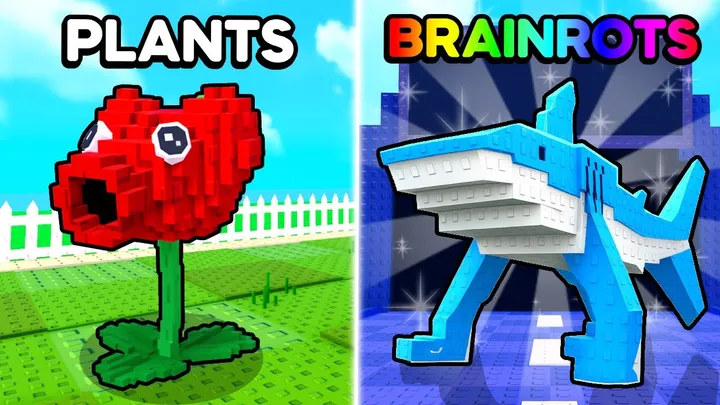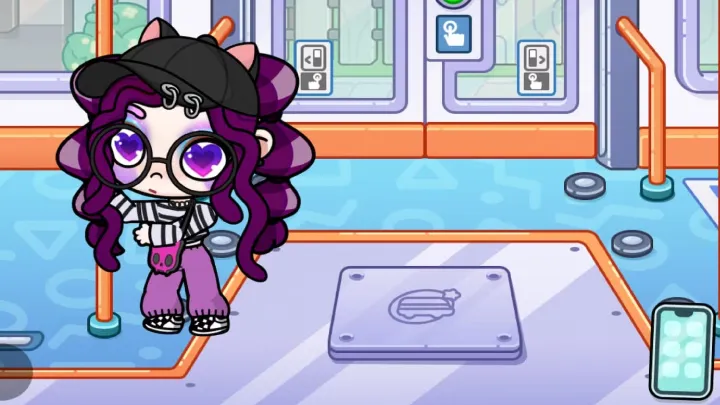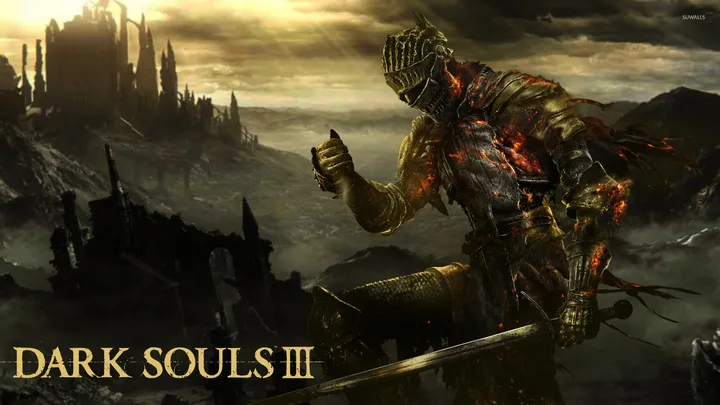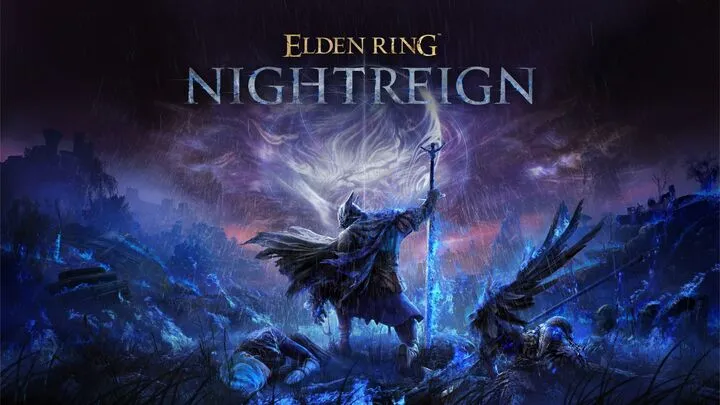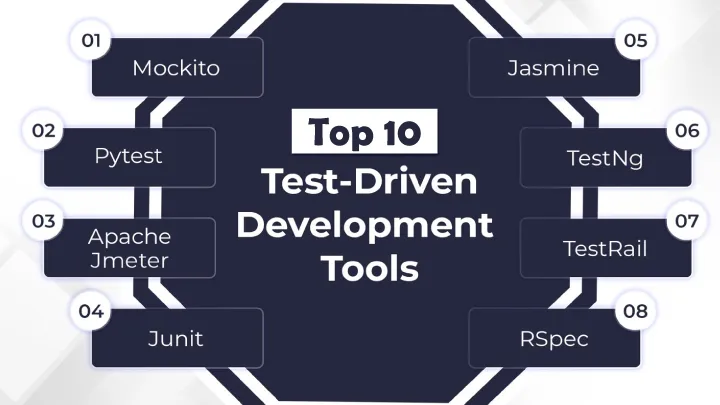Avatar World: City Life is often perceived as a simple digital dollhouse, yet beneath its charming, accessible surface lies a complex sandbox simulation demanding rigorous creative discipline and strategic resource management. True mastery in this game is not measured by winning, but by the efficiency of your world-building, the depth of your narrative creation, and the systematic discovery of all hidden content.

I. Avatar and Narrative Design Mastery
The Avatar is your primary creative tool. An expert player understands that an avatar is more than a costume; it is a narrative archetype that dictates interactions and unlocks story potential.
1. Archetypal Character Creation and Management
The ability to create multiple avatars (up to three for free, more with Pazu Plus) is the foundation of your narrative complexity.
- Establish a Core Ensemble: Do not create characters randomly. Design a small, interconnected group of key protagonists and antagonists with defined roles (e.g., The Architect, The Scientist, The Rebel, The Socialite). This allows for instant, complex interactions when they meet.
- Layered Customization for Story: Move beyond basic outfits. Use the Character Creator and Mall Fashion Stores (which often hold exclusive, unlisted items) to assign clothing that reflects status, mood, and profession. A true expert maintains a 'Story Wardrobe' for each character—a set of outfits instantly interchangeable to represent time jumps, costume changes for role-play, or major narrative shifts.
- The Emotional Spectrum (Emotes): The Emote System is a powerful, often underutilized tool for cinematic storytelling. Master the timing of expressions (joy, sadness, confusion) to convey non-verbal communication in your scenes. This prevents reliance on cumbersome text bubbles or external voice-over during recording sessions.
2. Strategic Narrative Structuring
The ultimate goal is a cohesive, engaging story. Experts treat each session as a stage production.
- The Location-Driven Plot: Before entering a scene (e.g., the School, the Hospital, the new Sunrise Hills City Life update areas), define the narrative function of the location.
- Example: The Clinic is not just for medical role-play; it is a location for conflict (a character is injured), mystery (an experimental procedure), or revelation (a secret identity is exposed).
- Prop-Based Dialogue and Action: The true magic of Avatar World is in its interactive props. An expert uses items not just as static decorations, but as plot devices.
- Advanced Technique: Hand a microphone to a shy NPC (NPC Reaction Observation), watch their unique animation, and use that moment to trigger the next plot point, such as a spontaneous concert that unites two rival characters.
- Multi-Scene Continuity: Maintain a mental or external log (a "Director's Notebook") of where key characters and items are located. Story continuity is the mark of mastery. Ensure a character wears the same uniform if the scene is on the same in-game day, or carries a specific prop (like a vital research key or a love letter) from one location to the next.
II. Optimized World and Resource Management
The world is your canvas, but efficient resource handling—especially regarding items and location access—is vital for seamless role-play.
1. Inventory and Storage Systems
The most common amateur mistake is leaving items scattered, leading to frustration and lost time. Experts employ a hierarchical storage strategy.
- Zonal Storage (The 90% Rule): Items should be stored in the location that makes the most sense for the majority of your stories.
- The Home/Apartment: This is your master inventory hub. Use wardrobes, refrigerators, and cabinets to categorize by item type (Food, Clothing, Accessories, Tools).
- Public Zones (10% Buffer): Leave a few essential, generic items (a pen, a book, a bottle of water) in key public locations like the Mall or Train Station to immediately start an impromptu role-play without returning home.
- The DIY Crafting Economy: Utilize the crafting tools (often found in the residential house or dedicated crafting locations) to manage the sustainability of your decorative resources. Instead of relying on new packs for minor decorations, an expert player creates custom decorations using found materials (cardboard boxes, bottles) to personalize their set designs, saving time and in-app purchase investment.
2. Location Unlocking and Prioritization (Pazu Plus Strategy)
While the game is free-to-play, premium content (Pazu Plus and location packs) often unlocks the most desirable sets and exclusive items.
- Value-Driven Unlock: If purchasing, prioritize locations that offer unique architectural features (e.g., a pool area, a multi-story house) or unique functional items (e.g., the Veterinarian Clinic for animal role-play, the University for a wide variety of class props). These locations offer the highest creative return on investment (CROI).
- Fast Travel Optimization: Utilize the in-game map and transportation system (like the Train Station) for seamless transitions. Minimize dragging and dropping characters across the screen; use the official travel points to maintain the illusion of continuity and speed during your role-play sessions.
III. Advanced Interaction and Discovery Techniques
The true "hacks" of Avatar World are not cheats, but a deep understanding of the game's interactive programming.
1. Systematic Exploration for Hidden Content ("Secrets")
Rockstar Games' titles have Easter Eggs; Avatar World has "secrets"—hidden costumes, items, and interactive sequences. An expert treats this discovery process as a systematic, exhaustive audit.
- The Tap and Drag Audit: Every new location requires a full audit. Tap, drag, and interact with every single pixelated object. Look for subtle cues: items that wiggle slightly, or furniture that can be moved to reveal a hidden switch or safe.
- Example: The infamous hidden safes, often requiring a code found by solving a multi-step environmental puzzle (e.g., turning on a projector, adjusting lamps, and closing a window to reveal a clue).
- NPC Gifting (The Behavioral Unlock): Observe the NPCs (Non-Player Characters) closely. Certain items will trigger a unique, often secret animation or interaction when handed to a specific NPC (e.g., the chef, the singer). This is a form of environmental storytelling—a miniature, unlisted quest that often rewards a special item or costume.
- Mini-Game Exploitation: View mini-games (like the Grocery Store Drone Delivery or the Treehouse Treasure Hunt) not just as simple activities, but as guaranteed item faucets. Learn the optimal route and collection strategy to maximize your rewards (exclusive outfits, gold coins, etc.) per unit of time invested.
2. Environmental Manipulation and Physics Hacks
The game environment is surprisingly robust, allowing for creative manipulation.
- The Floating Object Hack: In many locations, items can be placed in mid-air by dragging and dropping them rapidly. Master this to create impossible set pieces: floating platforms, hanging decorations, or characters that appear to defy gravity. This elevates the visual spectacle of your stories.
- Lighting and Atmosphere Control: Pay attention to interactable lighting (lamps, switches, natural light). Lighting design is critical for mood. A dramatic reveal should be lit differently than a cozy dinner scene. Experts adjust light sources for every scene transition.
- Character Staging (The Z-Axis): Use the environment to create visual depth. Place characters behind furniture for a subtle sense of space, or on the edges of props to convey action. Avoid simply lining characters up in a flat row; use distance and foreground/background elements to make your scenes cinematic.
IV. The Grand Strategy: Content Generation and Community Focus
The ultimate level of Avatar World expertise lies in transforming your mastery into external content and community engagement.
1. Optimizing for Content Creation
Avatar World's design is inherently viral. Content creators are the true 'expert players.'
- High-Resolution Capture: Use your device's native screen recording function at its highest resolution to capture your role-play sessions. High visual quality is non-negotiable for sharing.
- Scene Economy: Edit your stories to be tightly paced and visually dense. Cut loading screens, unnecessary walking, and repetitive actions. Focus on the core dialogue and the use of the unique item interactions that define your expert play.
- Update-Driven Exploration: Treat every official Pazu update as a priority audit. New locations always contain the newest, most sought-after secrets, which are a direct source of high-interest community content. Be among the first to solve the new mysteries.
2. Multi-Generational Role-Play
True longevity in the game comes from expanding the timeline and scope of your characters.
- Lifecycle Storytelling: Use the body type selection (Child, Teen, Adult) in the Character Creator to tell stories that span generations—a character grows up, has a family, and then the cycle continues with their children. This provides an almost infinite source of narrative ideas.
- Cross-Pack Integration: As you unlock new packs, ensure your story elements cross over. The scientist from the city should visit the newly unlocked farm, or the school friends should meet at the new cafe. The seamless integration of all purchased content demonstrates complete domain knowledge of the entire simulated world.
In summary, Avatar World is a reflection of the player's imagination, but an expert's imagination is disciplined, organized, and focused on maximizing the simulation’s potential. By mastering inventory, systematically hunting for secrets, designing archetypal characters, and structuring compelling, multi-scene narratives, you move past playing a game and take up the mantle of a Master World Director. You are no longer reacting to the world; you are defining it.
What aspect of your world—be it secret hunting, narrative design, or item management—are you ready to elevate to expert status?
